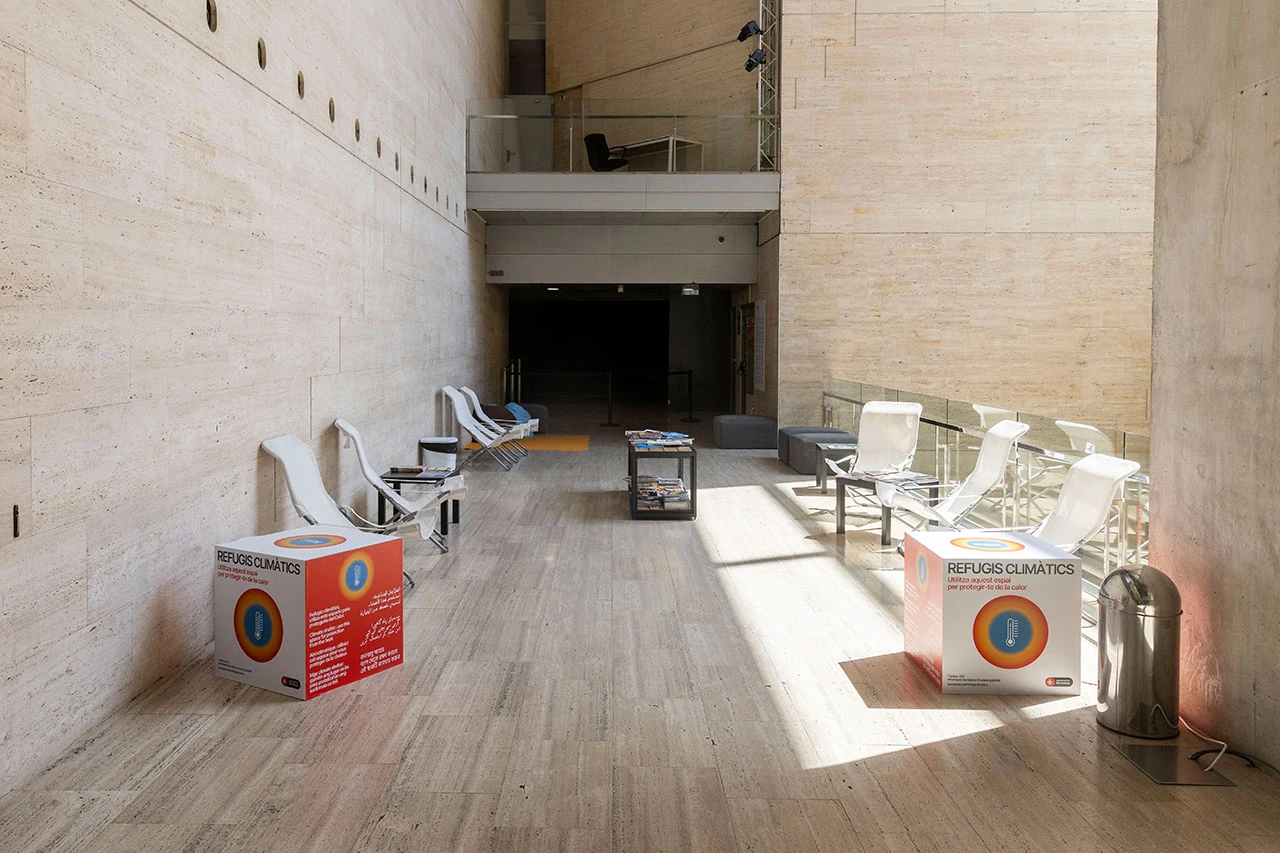
reasonstobecheerful.world
The Welcoming Climate Shelters of Barcelona
In El Raval, the historic district in the heart of Barcelona, the sprawling 19th-century building that’s now home to the Centre of Contemporary Culture of Barcelona (CCCB) began its life as Casa de la Caritat, a house of charity providing shelter to the most vulnerable members of society. Now, the CCCB is once again a place of refuge for those in need, as part of Barcelona’s growing climate shelter network.
The network began with 70 locations in 2020 and expanded to 368 last summer, as temperatures in Barcelona reached 40° Celsius (104° Fahrenheit), making July 2024 the hottest month since the city started keeping records 110 years ago. While temperatures are rising globally, cities can be as much as 15° Celsius hotter than surrounding rural areas. This is referred to as the urban heat island effect, which is caused in large part by our built environment — materials like concrete and cement absorb and retain heat, while tall buildings trap it near the surface and block ventilation.
The Centre de Cultura Contemporània de Barcelona is part of the city’s growing climate network. Credit: Ajuntament de Barcelona
Heat doesn’t affect everyone equally — climate vulnerabilities are influenced by an individual’s level of exposure, level of sensitivity and capacity for adaptation. Children, the elderly, people with pre-existing conditions and low-income communities are particularly at risk of heat-related illnesses. “These are not static things that you’re born with, they are very political and depend on historical, material, socioeconomic circumstances,” says Ana Terra Amorim-Maia, researcher at the Basque Center for Climate Change in Bilbao. She sees climate shelters as a relatively simple urban solution that can tackle all three factors at once: “They can be real lifesavers because they can be placed in areas that are more exposed to extreme heat or cold. They can be targeted at populations that are more sensitive to climate change, and help people cope with climate hazards.”
In Barcelona, climate shelters are integrated into the city’s existing public infrastructure, expanding the services of civic centers, libraries, museums, parks and gardens. This begs the question: Why bother setting up a climate shelter network at all, when these spaces are already open to the public? “It’s important because sometimes people don’t feel like they can go there just to be comfortable,” says Mar Campanero i Sala from the City Council’s Office for Climate Change and Sustainability. “They feel they have to find an excuse, and it’s not necessary.”










